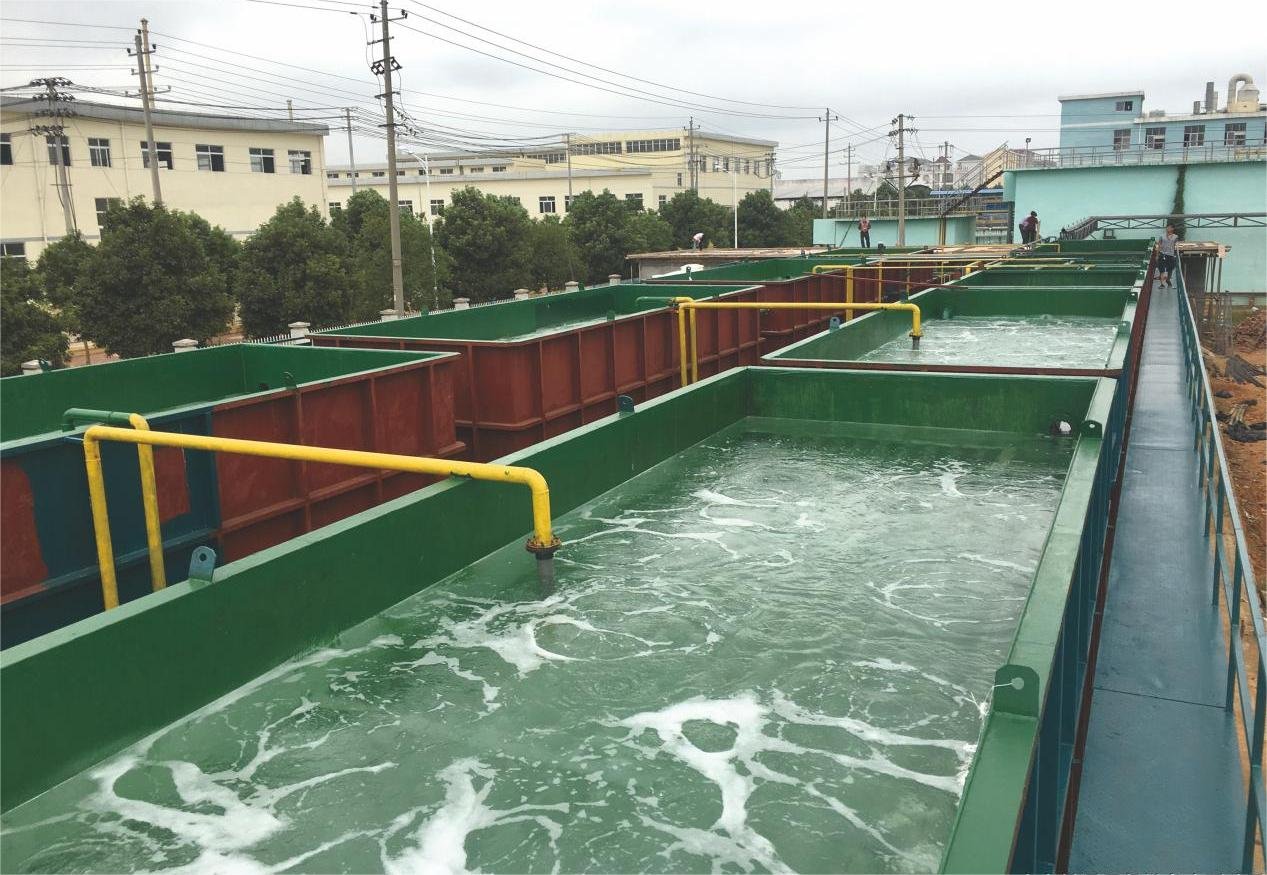
Background
Electroplating wastewater contains numerous inorganic and organic pollutants. Inorganic pollutants include heavy metal ions like copper, zinc, chromium, nickel, cadmium, and acidic or alkaline substances. Organic pollutants consist primarily of chemical oxygen demand, ammonia nitrogen, and fats.
Based on pollutant characteristics, electroplating wastewater is primarily classified into the following categories:
1.Acid-alkaline wastewater: Originating from pretreatment and acid or alkaline washing tanks, containing hydrochloric acid, sulfuric acid, sodium hydroxide, sodium carbonate, sodium phosphate, etc.
2.Chromium-containing wastewater: Arising from processes like chromium plating, black chromium plating, and pretreatment for plastic electroplating, with main pollutants being hexavalent chromium and total chromium. This type requires separate collection and treatment due to its high toxicity.
3.Heavy metal wastewater: Generated from nickel, cadmium, copper, zinc plating, and other processes, containing metal salts, complexes, and organic chelating agents such as citric acid and tartaric acid.
4.Organic wastewater: Produced during workpiece pre-treatment like rust removal and degreasing, primarily consisting of organic compounds and suspended solids.
Pain points
1.Electroplating wastewater containing chelating agents poses challenges for conventional physicochemical methods to meet standards for treating heavy metals, phosphorus, etc.
2.Adopting dilution method for entry into wastewater treatment plants may result in excessive discharge of heavy metals and phosphorus at the end.
3.Outsourcing disposal incurs high costs.
WSD’s Solution
To address the challenge of concentrating and reducing electroplating wastewater, WSD has dedicated years of research and innovation to develop processes that maximize concentration and reduction: the Low Temperature Heat Pump Evaporation (LT-HP) process and the Low Temperature Evaporation Crystallization (LT-EC) process.
The LT-HP process incorporates a steam filtration system with an integrated steam purification filter (triple filtration in the vacuum tank), capable of removing over 99% of free organic compounds and free water. The effluent heavy metal content is reduced to zero, and the effluent COD is improved by 70% compared to traditional low-temperature evaporators before iteration. The effluent quality is superior and more transparent. The equipment is easy to operate, with a user-friendly interface designed to guide operators through parameter settings, troubleshooting, and maintenance reminders. Operators can easily follow step-by-step instructions to complete operations.

The Low Temperature Evaporation Crystallization (LT-EC) process employs Miller plate-type jacketed heat exchange for heat transfer. The vacuum level in the evaporation chamber is maintained at -95 to -97 kPa, and the evaporation temperature is typically kept between 40 to 45°C. Inside the evaporation chamber, a spiral blade stirrer is used to ensure uniform heating. Additionally, the stirrer is equipped with perimeter heating to enhance heat transfer efficiency and improve the dryness of the discharged material.

Advantages
1. It operates without generating harmful gas emissions or thermal pollution.
2. The system features fully automated control for seamless operation.
3. Its design is standardized, modular, and skid-mounted for easy installation and maintenance.
4. The evaporator includes automatic discharge and cleaning functions to enhance efficiency.
5. It is equipped with cloud platform management for remote monitoring and control.
6. The system supports companies in achieving zero discharge of electroplating wastewater.
